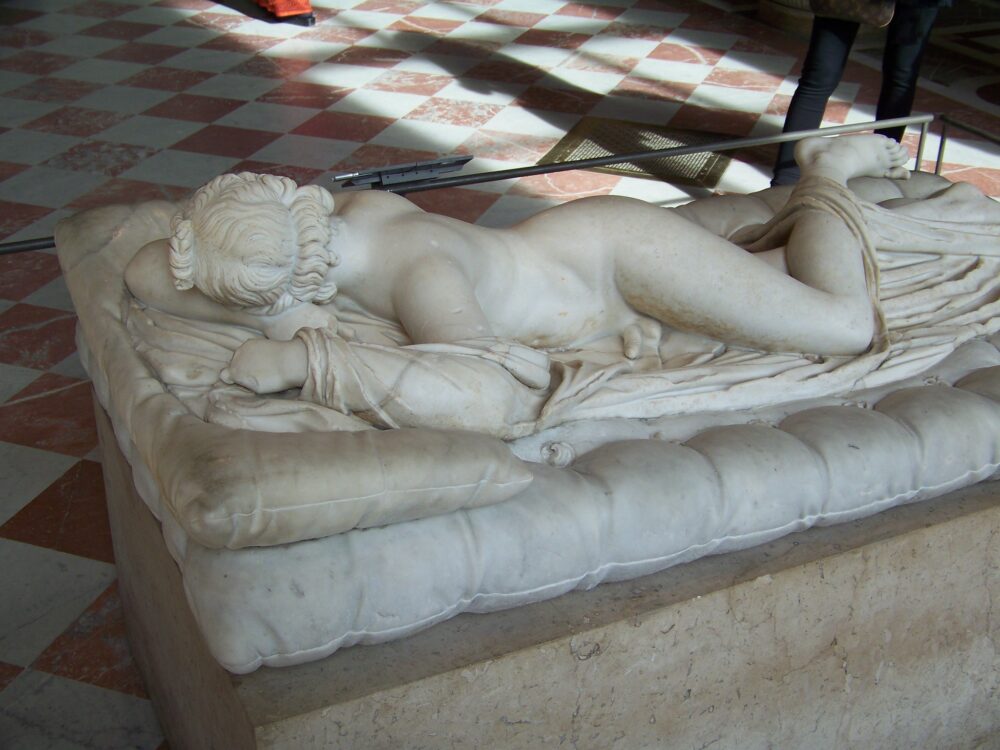LGBTQ+ History Month: Looking for ‘a perfect hermaphrodite’

Norena Shopland
In 1851 a short paragraph appeared in the Pembrokeshire Herald and General Advertiser tucked away at the bottom of page two.
The paper was only four pages long, for they were expensive to produce then.
The story was not assigned any importance, it didn’t even have a headline. It was simply one of those curiosity pieces, a page filler of interesting gossip.
The story concerned the birth of a ‘perfect hermaphrodite’ or true hermaphrodite, an individual born with both ovarian and testicular tissue and today referred to as someone with a Disorder of Sex Development (DSD), also known as intersex.
However, for the remainder of this piece the term hermaphrodite will be retained because that is the term used at the time.
In the piece the child is called ‘it,’ which is not unusual for the time, and bigotry is not always implied.
The paragraph is a matchstick story, it flares up and disappears never to appear again.
Research
Despite this, it opens a world of possibilities for research, not least in trying to find who this ‘perfect hermaphrodite’ was.
The most useful aspect of this story is that we have names Sarah and Evan Jones, we know where they lived, and Evan’s occupation of a shoemaker which is enormously useful in trying to track them down.

They appear in the 1851 census, exactly where the article says they were, Llanfynydd, in District 2d.
In 1851 the local population, predominantly a farming area, was around 1,376 with 253 houses of which 89 were in District 2d, and the couple lived at 30 Quay.
![]()

By 1861 Sarah and Evan had moved. They had gone to District 6 in Ystradyfodwg or Ystrad Dyfodwg (Vale of Tyfodwg) now the Rhondda.
This is not unusual, as it was a period when many people moved to the highly industrialised areas to seek higher wages and better opportunities.
Now the couple were living with their two children Elinor and John.
The eldest child Elinor is given a birth date of 1853, but we know from the article that the couple had a child in 1851 – but it is common to have varying birth dates, many dates in the 19th century census are incorrect, and often people did not know their own ages, particularly if they were illiterate.
Stillbirths
Stillbirths were not officially recorded until 1 July 1927, under the Births and Deaths Registration Act of 1926, but if a child was born alive, even for a few minutes, then it was registered.
We know the unnamed baby was born on 28 October 1851, that the newspaper piece was on the 7 November, and that the registrar was ‘puzzled how to register it,’ therefore, there was no stillbirth.
Had death occurred before Elinor was born, there should be a death certification, yet none has so far been found.
Is it possible that Elinor is the ‘perfect hermaphrodite’? It is not known when the family moved from Llanfynydd to Ystradyfodwg but if Elinor is the hermaphrodite, it may well have been a relief to get away from local gossip.
Having personal details announced in a newspaper meant many neighbours would have been aware of their gender identity.
Ten years later, in the 1871 census, Elinor is still living at Ystradyfodwg with her parents and brother but now in District 4a. No further children had been born to Sarah and Evan. In this census, Elinor’s birth year is given as 1855 and the spelling has changed to Eleanor.
Widow
By 1881 the family moved to District 7 at 1 Windsor Street and Eleanor Morgan, now aged 26 is a widow, living with her parents.
Also in the house is a four-year-old child, Sarah Morgan born in Treorchy, about 1½ miles away. If Eleanor is Sarah’s biological mother, it is highly unlikely she is the hermaphrodite because it is next to impossible for them to have children.
This does not, of course, preclude the possibility that Sarah is a stepchild or has been adopted – while the name Morgan is very common, it may be a possibility why she has the same surname.
No marriage details have yet been found, so we have no details of the husband or of his death, to trace Sarah.
After this, it becomes difficult to follow either Elinor/Eleanor and Sarah because of the commonality of their names.
Leaving us with the question, if Elinor/Eleanor is not the hermaphrodite, what happened to the baby?
This was at a time when diverse children were sometimes given away to organisers of medical exhibitions and the horrendously named ‘freak’ shows, where the public would gawp at them.
We can only hope the baby escaped this fate!
Support our Nation today
For the price of a cup of coffee a month you can help us create an independent, not-for-profit, national news service for the people of Wales, by the people of Wales.





The child would not have had a gender identity, which is a very modern concept. “Commonality” doesn’t mean what the writer assumes it means.